Cookie
This website requires cookies to provide all of its features. For more information on what data is contained in the cookies, please see our Privacy Policy page. To accept cookies from this site, please click the Accept button below.


Many people believe that it costs a lot to have natural stone tiles in your home, but that is simply not the case. It is possible to have the luxury look of them, without spending an extortionate amount of money. Some material is best suited to different areas of the home and that is what we are going to look at throughout, to give you an idea of how best to introduce natural stone into your home. Tiles are not going anywhere any time soon and are a brilliant way of bringing modern trends into your home.
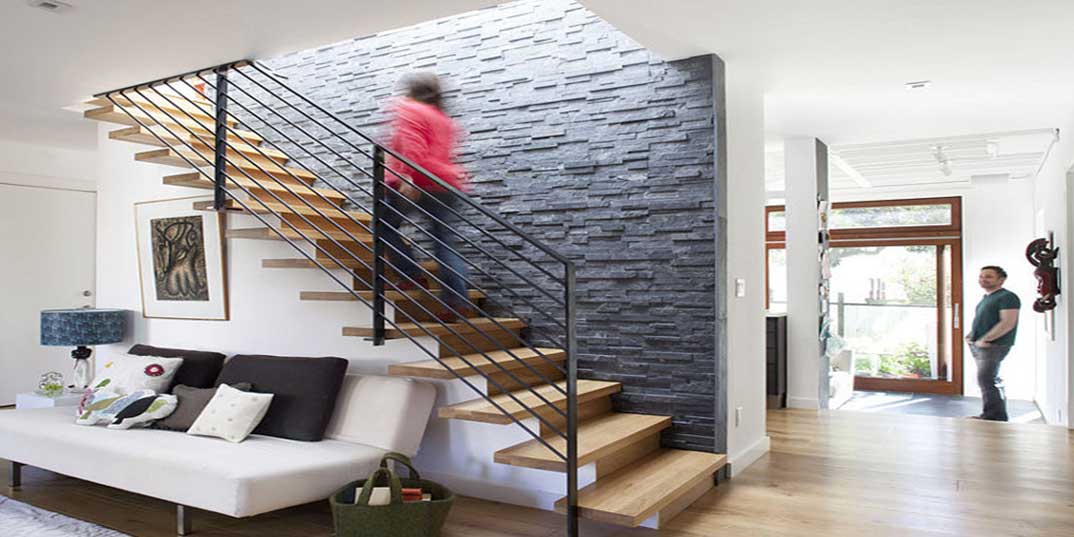

First of all it is important to know what different types of natural stone tiles are available to you. It can sometimes be very daunting having so much choice, especially if you know little about the different materials. The most common natural stone tiles that are available are granite, marble, slate, basalt, travertine and limestone. These vary in both appearance and cost, and you will discover that some are better suited to different areas of your home.
Granite is becoming a popular choice for inside your home, with many people choosing granite counter tops in their kitchen. This is because it is renowned for its strength. The stone is formed from a liquid magma that becomes solidified deep within the earth, under extreme pressure, making it incredibly tough and durable. It is incredibly attractive and, due to the veins that appear on the surface, it has a depth of colour that you often cannot get on other tiles. Granite is fairly similar in appearance to marble; however is often preferred as it does not require the same specialist care that marble does. Marble is known for its outstanding luxurious and beautiful appearance. It has long been a symbol of wealth, but because of this, it can be pricey and does require some specialist care when cleaning. Pure marble is formed due to the metamorphism of pure limestones. The distinctive veins and swirls that add to the beauty of the stone are the result of mineral impurities from the layers of limestone. Slate tiles are a very popular choice of floor tile.
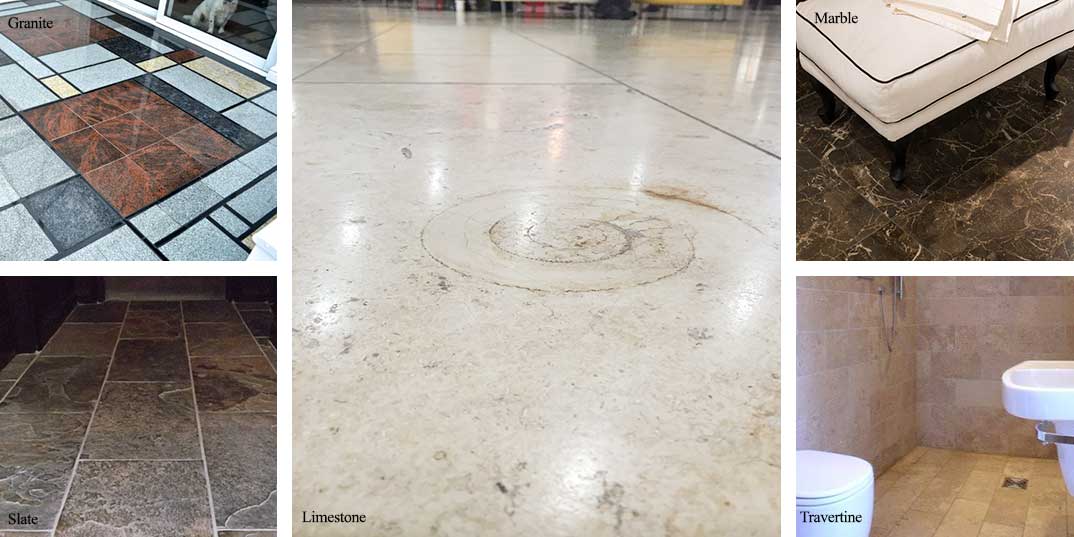

Their attractive grey variations can enhance the beauty of a room almost instantly. They often have a smooth, although sometimes uneven surface, and unlike other natural tiles, its appearance cannot be replicated using man-made alternatives. Slate is easy to source, making it a cost effective option, if you wanted to introduce a natural stone into our home at a fraction of the cost. The appearance of slate will not become dulled over the years either, regardless of the amount of traffic that passes over it. Basalt has a dark appearance due to its black-grey colouring and is an extrusive volcanic rock that makes up the majority of the world’s oceanic crust. Just like slate, basalt can be uneven in texture; however, due to its fine grain formation, it is incredibly smooth. Basalt is incredibly tough and durable making it a popular choice for heavy traffic floor tiles. Travertine is among the most popular choice of natural stone tiles, and is available in a huge range of colours, increasing its popularity over some stones, as it can be incorporated into a wider range of themes and styles. It is a sedimentary rock which has been formed from geothermal springs. These produce the precipitation of carbonate materials that then dry and formed the durable stone that is now favoured in homes. Finally, let’s consider the organic material, limestone. Limestone is formed from remains of shells and micro skeletons that can be found on a sea bed. Once compressed, in layers, they form a hardened rock, which is recognised today as limestone. Limestone is generally light in colour and is easy to maintain; however, they are better suited to some areas and not others, so it is recommended that you check before laying them.
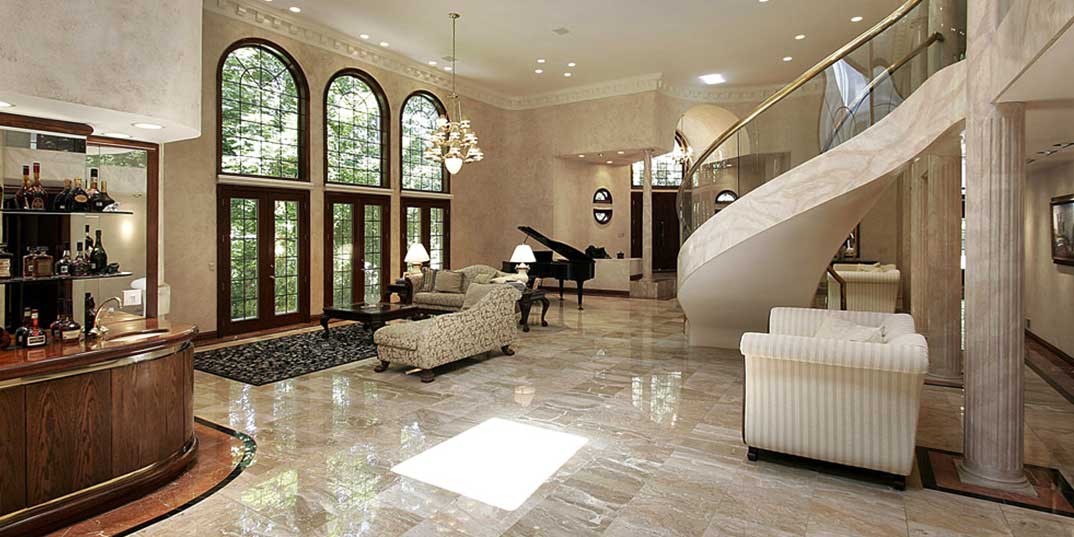

Like we previously said; natural stone is becoming incredibly popular within homes, but why is this? They are completely timeless. Because they are completely natural, they will not go out of fashion any time soon. You can confidently introduce a natural stone into your home, with the confidence that you will not have to change it after a few years to keep up with a changing trend. Although many people can be put off by the price tag of some natural stone materials. Not all of them are costly and you can look at them as an investment piece in your home as the likelihood of having to replace them is slimmer than if you were to purchase a less durable, man-made material. This leads on to the advantage that they are just so durable. This leaves you open to a lot of options as they can be used on both walls and floors, especially in high traffic areas. Most natural tiles (although not all, so it is recommended that you check prior to installation) are so durable that they can be used in outside areas of your home too. This means that you can continue a theme or a trend both inside and outside. The aesthetics of natural tiles just cannot be beaten either. Although many man-made materials can produce a very convincing natural stone appearance, and are excellent if you are on a very tight budget, you cannot beat the real material. They add a true touch of luxury into your home that people will admire. If, overtime you do notice that your tiles have become a little scratched, you will not need to replace the whole tile, you can simply buff the tile out and re-polish them, and bringing them back to life and making them look as good as new.
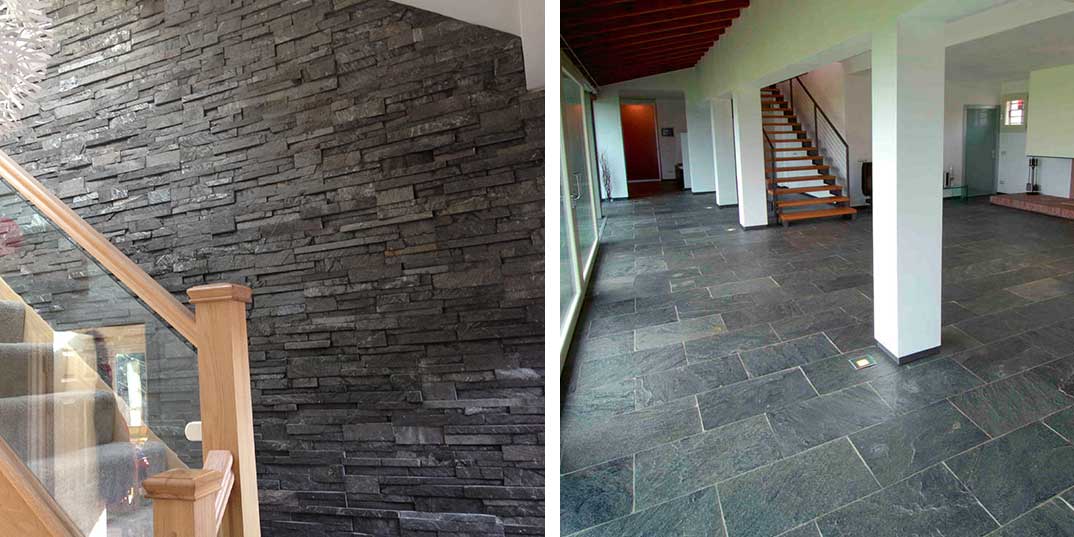

Although, that said, like every material, there will be some disadvantages. Natural stone tends to be a lot heavier than other materials, which needs to be considered if you are using them on your staircase or on the upper level of your home. The extra weight will need to be taken into consideration and you must ensure that it will be structurally safe and secure. This is particularly apparent if you decide to install a marble staircase for example. The fact that they do need re-sealing overtime, especially if they have become damaged, can be seen as a disadvantage; however, you do not need to this lots and lots of times, and it will help to bring your tiles back to life, thus improving the appearance and décor of your home. Some materials, such as marble, need specialist maintenance, and you are restricted in what cleaning substances can be used on it. In some cases, as special marble cleaner is recommended and required. Most natural tiles are prone to staining as well. Whilst this alone should not put you off installing a natural tile, you should carefully think about where it will be used. For example, a tile that is particularly susceptible to staining would not be recommended for a kitchen counter top.
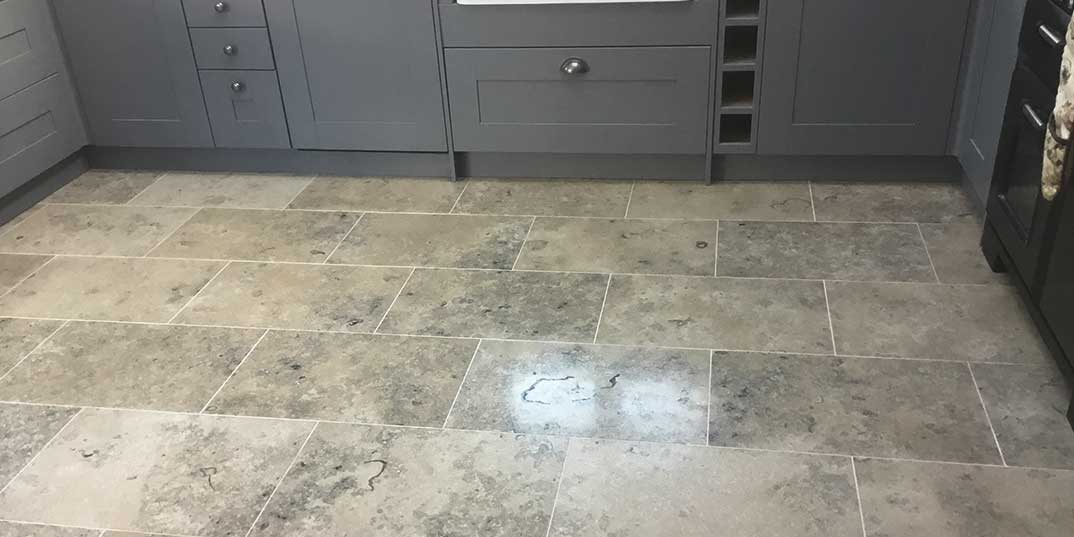

Natural stone flooring is set to be absolutely huge in 2015. Throughout the whole home, 2015 is all about stone flooring. Limestone in particular, is set to be a popular choice in kitchens and rooms where it can continue through to a patio; however, you will need to check that the limestone tiles that you have selected can in fact be laid outside. As well as limestone, textured floors are also set to be popular. So slate and travertine tiles would be a perfect choice. Just like 2014, where grey was pictured a lot in interior design magazines, this will continue into 2015. A lot of natural stone has greyish tones to it, which is why it is set to be so big this year.
If you have never considered using natural stone tiles in your home before, 2015 really is the time to do it. There is so much choice and as this year is all about stone flooring it is the perfect opportunity for you to update your home. Unfortunately natural stone tiles do still have the reputation of being incredibly costly, and whilst this is true in some cases, you really can get beautiful natural stone tiles on a budget. It will make a huge difference to your home and will be a true investment. Plus, the good thing about a natural stone tile is, because they are so timeless, you will not change the tiles if trends change. You can simply update with accessories.